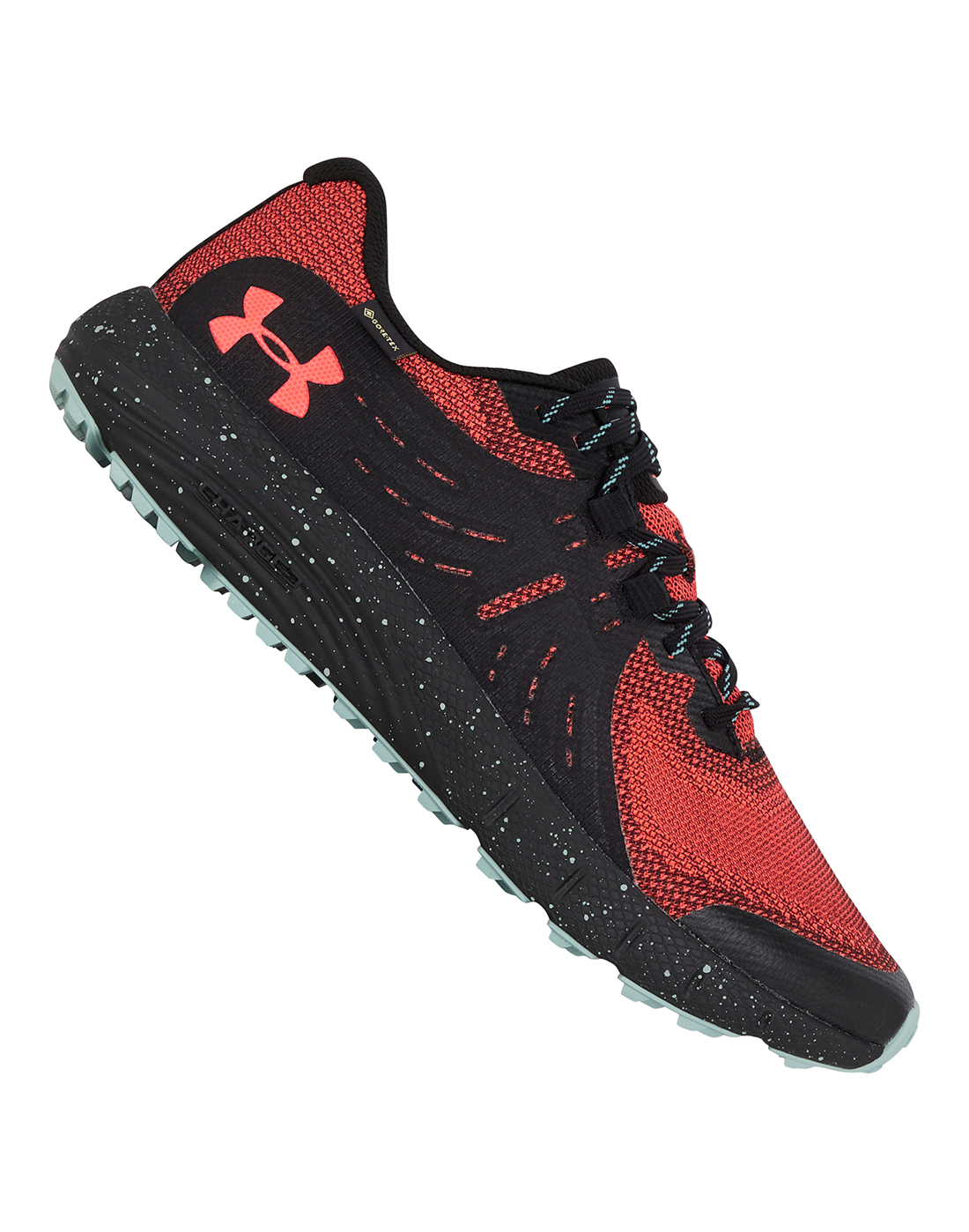

And Under Armour is in a steep innovation decline among men, especially those with incomes in the $60,000 to $150,000 range. On the other hand, Adidas makes a poor showing in innovation among women. In its most recent third quarter earnings call, Mark Parker, chairman president and CEO, reported women’s growth is now over-indexing men’s and added, “We’re putting particular emphasis too on the women's innovation agenda in apparel as well.” Nike views the women’s market as a key opportunity, since women’s generates only about one-fourth of company revenues compared with men’s, yet the total market for women’s apparel is one-and-one-half times larger than men’s. That 2X Innovation strategy is paying off particularly among higher-income men ($60,000 to $150,ooo range), with Nike’s innovative brand perception in that demographic increasing from 38% in the December 2018 survey to 44% most recently.Īmong young women, aged 25-34 and 35-49, Nike ’s innovation efforts also are gaining ground, while Adidas’ is losing among this demographic. At that time it promised to double its “cadence and impact of innovation,” double its speed to market and double its “direct connections with consumers.” Men, on the other hand, put Adidas in the number two slot at 35%, followed by Under Armour at 18% and Lululemon (4%) is barely mentioned.įor Nike, innovation is one of the cornerstones of its Triple Double Strategy (2X) announced in 2017. Women rank Under Amour as number two (29%) with Adidas (17%) and Lululemon (9%) trailing.


Under that women and men diverge in opinions. Among both men and women, Nike is in the lead in innovation, named by 42% of men and 39% of women as most innovative.


 0 kommentar(er)
0 kommentar(er)
